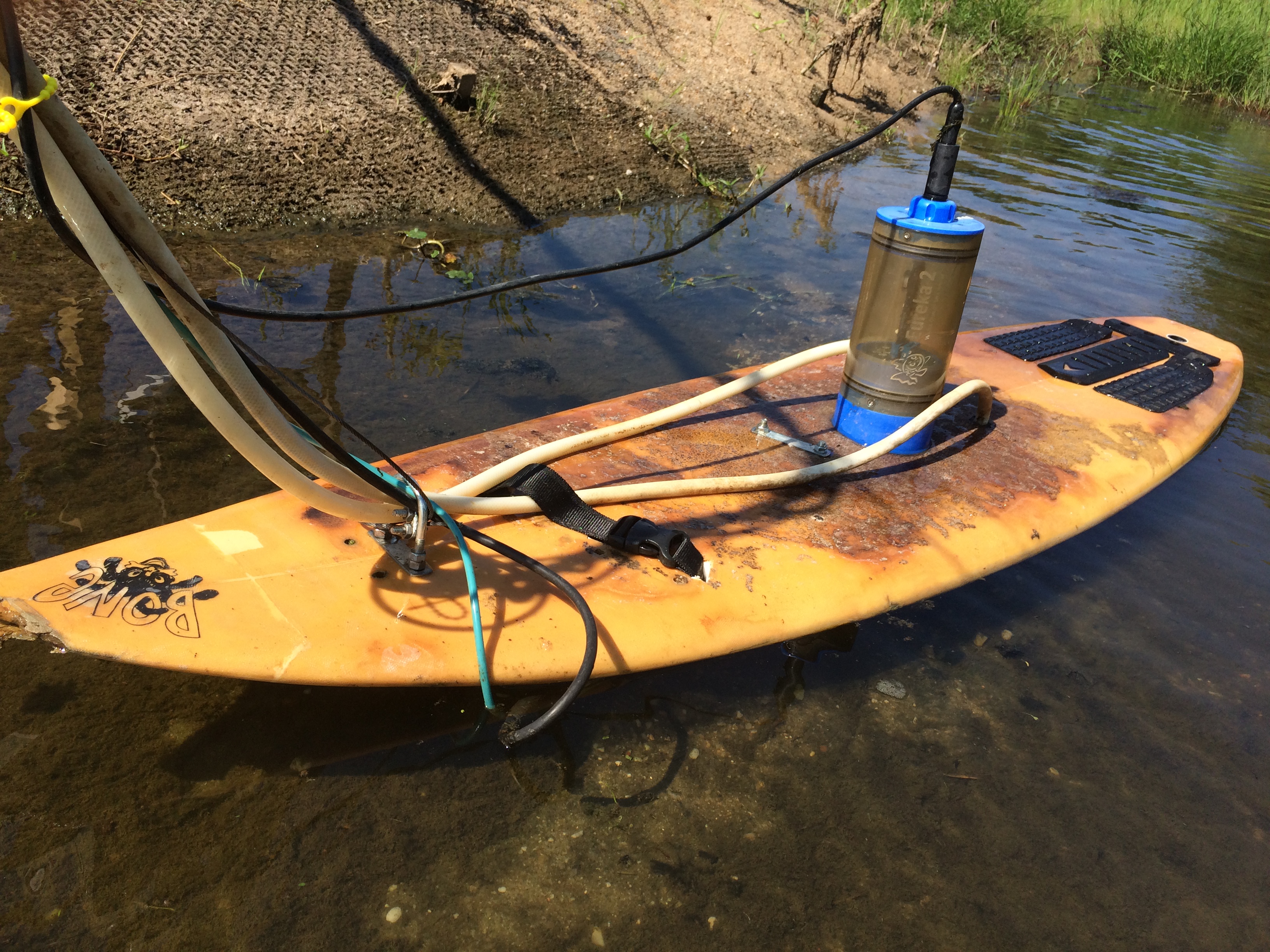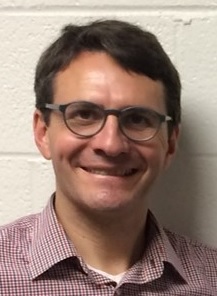Biogeochemistry & Ecological Engineering
François Birgand at NC State University
Overview
Much of hydrology and water quality of natural stream and rivers is like an action movie: it is unpredictable and if we miss part of the movie, we run the risk of misunderstanding the whole story.
Until very recently, to understand the “hydrological action movie” we had around 20-30 still images, i.e., concentration data points, per year… An entire world is opening before our eyes thanks to new water quality sensors, which for the first time in history, give access to the full water quality story happening in streams, lakes and wetlands, in time and in space. This is the new hydrological revolution at play right now!
We are proponents of this technical revolution and we aim to address :
- Uncertainties on nutrient concentrations and loads from the treatment system to the catchment scale
- Biogeochemical processes in soil, treatment systems, and at the catchment scale
- How to improve pollutant removal efficacies in treatment systems
Biography
I am a Professor and University Faculty Scholar of Hydrology and
Ecological Engineering in the Department of Biological and Agricultural
Engineering at North Carolina State University in Raleigh, NC, USA. I
direct the Biogeochemistry and Ecological Engineering Water lab where we
try to improve the treatment efficiencies of streams, wetlands, soils or
woodchip bioreactors.
Prior to my tenure at NC State, I worked as an engineering
researcher at Cemagref in France (now Irstea) where I played an active
role in maintaining longterm environmental observatories. Much of our
current research methods are rooted in the metrology of flow and water
quality in small catchments (< ~200 km²).
Research
We are poised to make an impact to improve our understanding of
biogeochemical processes in systems such as streams, wetlands, soils or
denitrification beds, collectively refered to as “treatment systems”, so
as to enhance their ability improve water quality.
Our core method is the deployment of ‘continuous’ water quality sensors to obtain concentration data at a high resolution in space and in time. For this we have shown that we could use in situ spectrophotometers and measured absorbance as index data to develop what we refer to as water quality rating curves. Additionally, we have designed and built sequential autosamplers that add spatial resolution to the high resolution in time brought by the water quality sensors. These systems offer a true revolution in the way we understand and design treatment systems.

Selected publications
- Maxwell, B. M, F. Birgand, L. A. Schipper, G. Barkle, A. A. Rivas, M. J. Helmers, and L. E. Christianson (2020). “High-frequency, in situ sampling of field woodchip bioreactors reveals sources of sampling error and hydraulic inefficiencies”. In: J. Environ. Manage. 272, p.
- DOI: 10.1016/j.jenvman.2020.110996. URL: http://www.sciencedirect.com/science/article/pii/S0301479720309245.
Maxwell, B. M, F. Birgand, L. A. Schipper, L. E. Christianson, S. Tian, M. J. Helmers, D. J. Williams, G. M. Chescheir, and M. A. Youssef (2018). “Drying-Rewetting Cycles Affect Nitrate Removal Rates in Woodchip Bioreactors”. In: J. Environ. Qual.. DOI: 10.2134/jeq2018.05.0199. URL: http://dx.doi.org/10.2134/jeq2018.05.0199.
Birgand, F, K. Aveni-Deforge, B. Smith, B. Maxwell, M. Horstman, A. B. Gerling, and C. C. Carey (2016). “First report of a novel multiplexer pumping system coupled to a water quality probe to collect high temporal frequency in situ water chemistry measurements at multiple sites”. In: Limnol. Oceanogr. Methods 14.12, pp. 767-783. DOI: 10.1002/lom3.10122.
Etheridge, J. R, F. Birgand, J. A. Osborne, C. L. Osburn, M. R. Burchell, and J. Irving (2014). “Using in situ ultraviolet-visual spectroscopy to measure nitrogen, carbon, phosphorus, and suspended solids concentrations at a high frequency in a brackish tidal marsh”. In: Limnol. Oceanogr. Methods 12.1, pp. 10-22. DOI: 10.4319/lom.2014.12.10.
Birgand, F, R. W. Skaggs, G. M. Chescheir, and J. W. Gilliam (2007). “Nitrogen Removal in Streams of Agricultural Catchments-A Literature Review”. In: Crit. Rev. Environ. Sci. Technol. 37.5, pp. 381-487. DOI: 10.1080/10643380600966426.
Teaching
Undergraduate level
- BAE 204 – Introduction to Ecological Engineering (2 hrs. Spring – instructor)
- BAE 474 – Principles and Applications of Ecological Engineering (3 hrs. Spring – co-instructor)
Graduate level
- BAE 587 – Biogeochemical Processes for Ecological Engineering (3 hrs. Fall even years, Face to face + Distance Ed. – instructor)
Tutorials
- 2018
- A template to write scientific articles using R bookdown – started 2018-10-11
- 2017
- Crash course on R markdown – started 2017-10-17
- Instructions on how to get started with Github – started 2017-10-05
Blogs
- 2017
- Blog: Elementary tidyr and ggplot – started 2017-11-23
- Blog: retrieving dates in R using strsplit – started 2017-11-13
- Blog: renaming directories and files – started 2017-11-03
- 2015
- Blog: Indices and exponents in R graphs – started 2015-11-05
- Blog: Adding an image in an R graph – started 2015-10-18
- Blog: making videos in R - the old fashion way – started 2015-10-15
- 2011
- Blog: flow and load duration curves – started 2011-09-11
